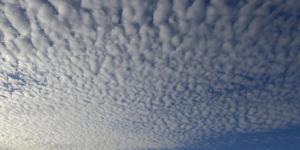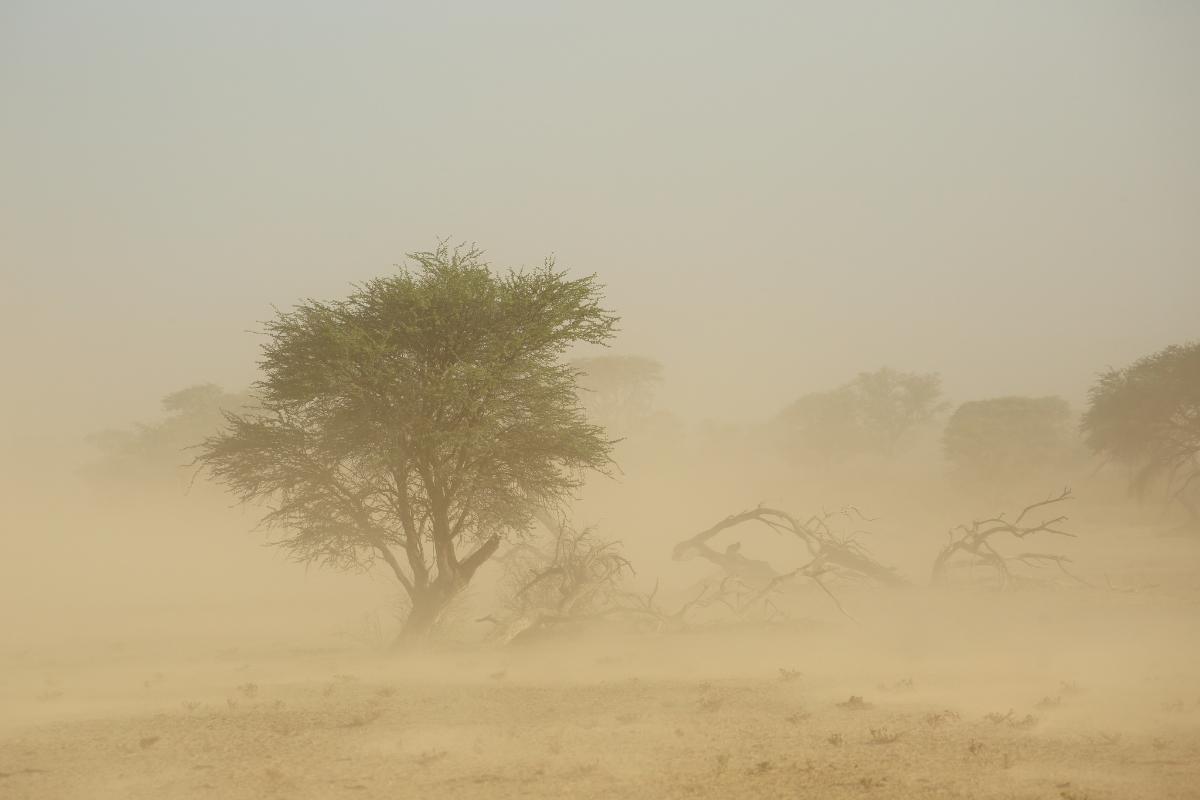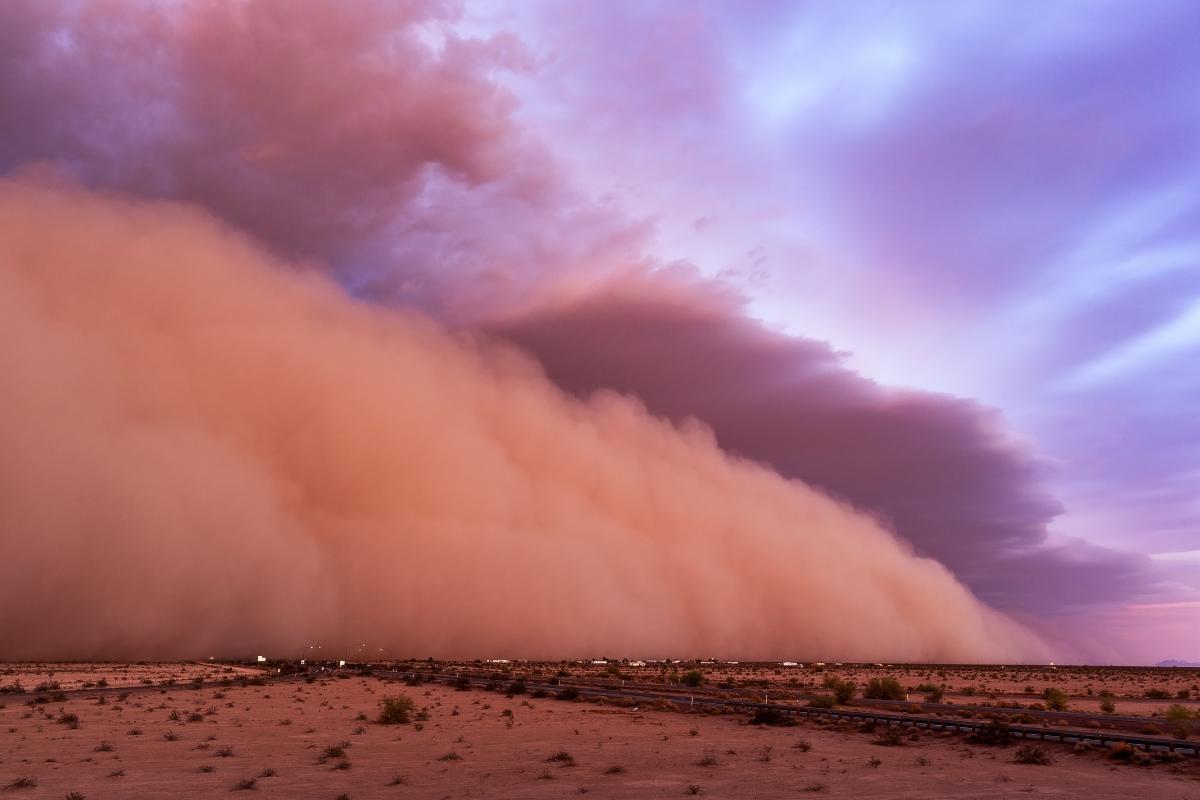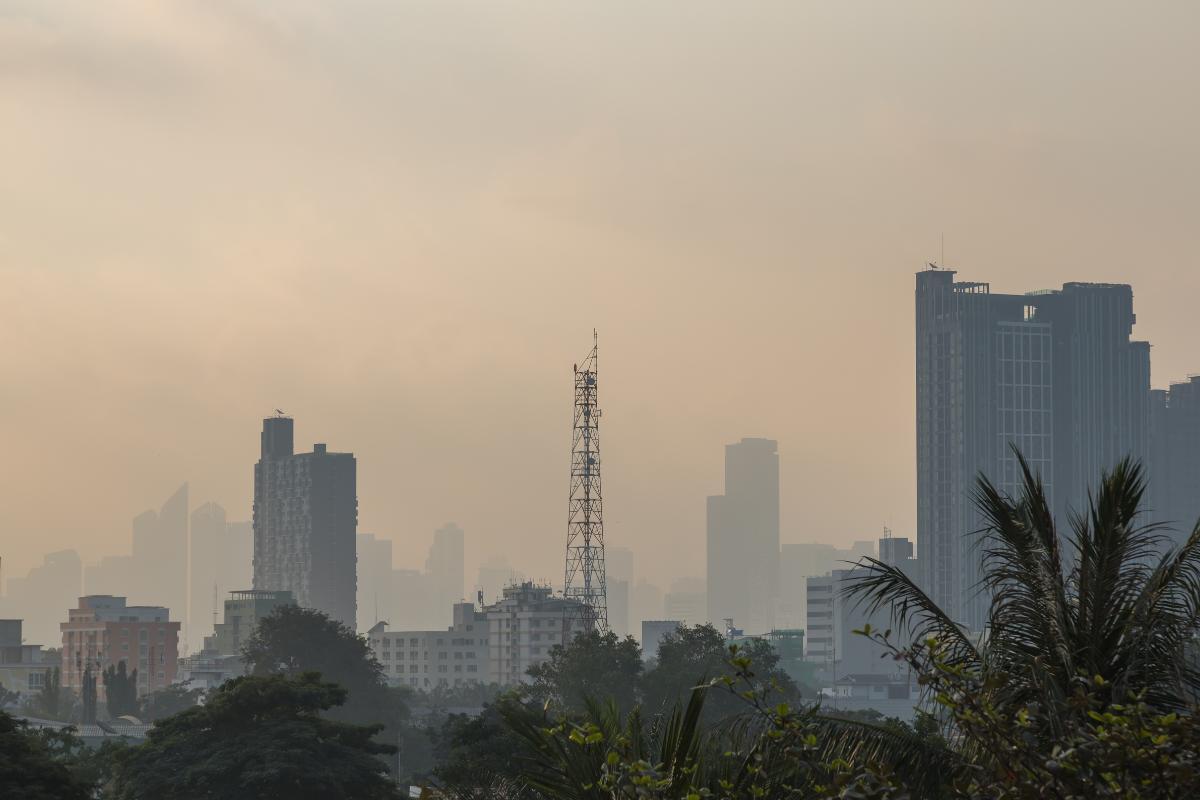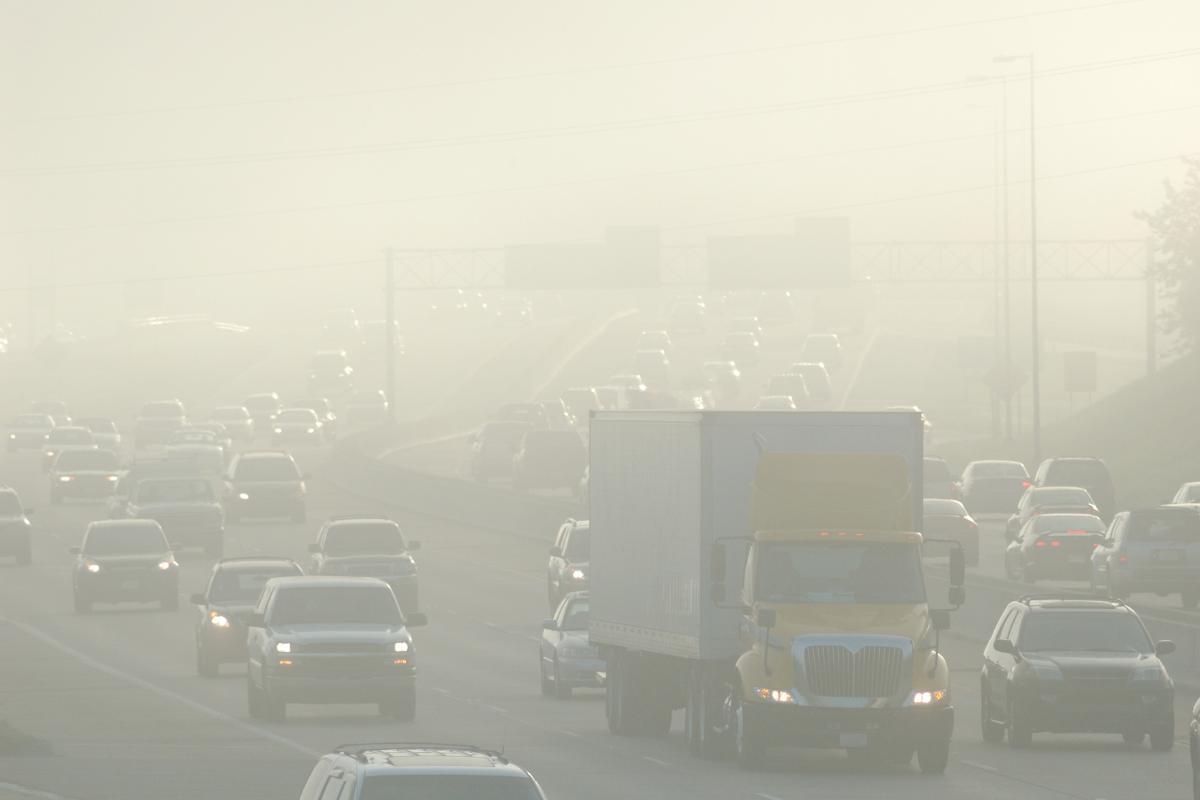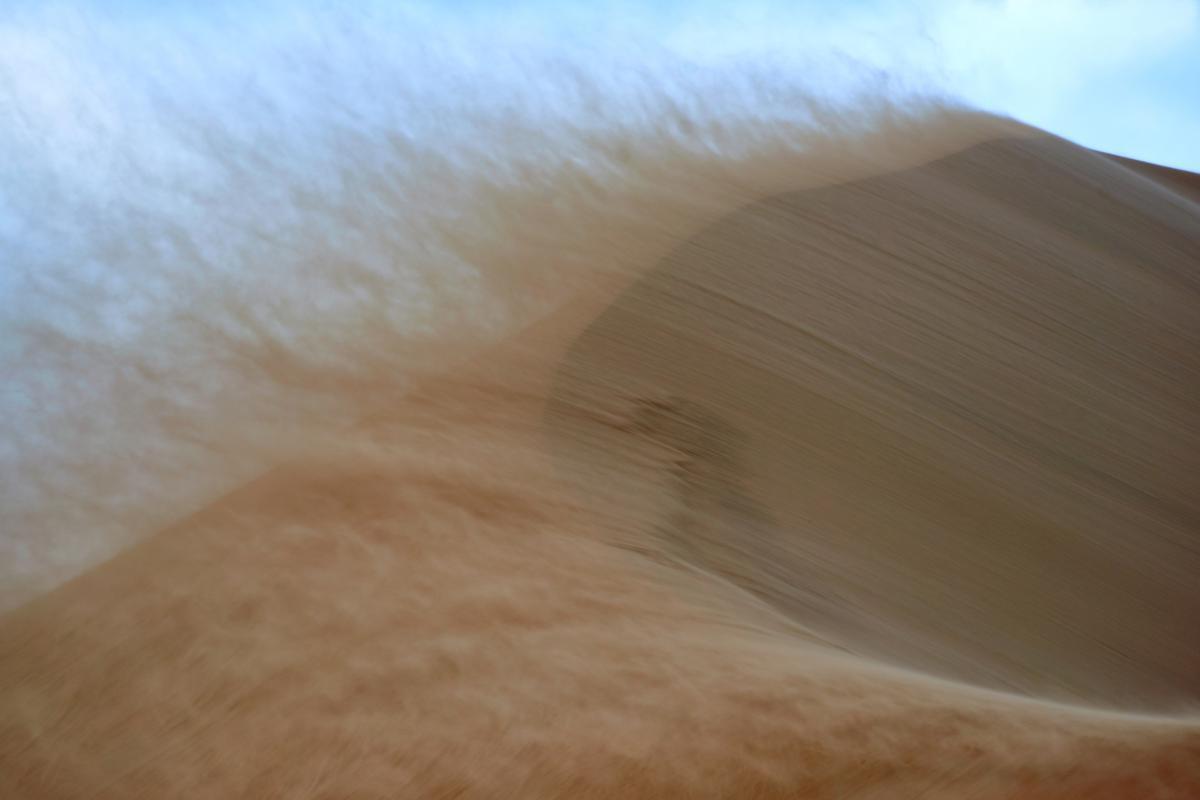What are Lithometeors?


Lithometeors are solid particles suspended in the Earth's atmosphere. These particles, predominantly composed of solids, play a crucial role in shaping various ecological and meteorological processes. From dust to sand and ice crystals, these particles contribute to the dynamic interactions within Earth's atmosphere and constitute a diverse array of atmospheric phenomena.
The following article by thedailyECO explores what lithometeors are, its types, examples and ecological importance.
- What are lithometeors?
- Types of lithometeors
- Atmospheric dust
- Atmospheric aerosols
- Calima
- Radioactive particles
- Smoke
- Sand storms
- Dust devils
- Ecological importance of lithometeors
What are lithometeors?
Lithometeors, a diverse array of solid particles suspended or lifted by the wind, constitute an intriguing aspect of Earth's atmospheric dynamics. These particles are primarily non-aqueous, meaning they do not contain water. They mostly consist of particles such as dust, sand, volcanic ash, sea salt, and combustion products.
They can range in size from microscopic to macroscopic, with particles as small as 0.01 micrometers and as large as 100 millimeters. Furthermore, they come from a variety of sources, including deserts, volcanic eruptions, forest fires, ocean waves, and human activities.
Lithometeors can have a significant impact on climate and weather. Dust particles, for example, can scatter sunlight, causing cooling and influencing precipitation patterns. Aerosols, which are tiny particles suspended in the air, can also affect cloud formation and precipitation.

Types of lithometeors
Lithometeors can be classified in two main ways: by their mode of transport and by their composition.
Mode of transport
- Suspended particles: these microscopic particles remain suspended in the air due to their small size and upward air movements. Examples include atmospheric dust from deserts or volcanic eruptions, pollen grains released during plant pollination, fine aerosols resulting from combustion or industrial activities, sea salt particles formed by ocean waves, and microorganisms like bacteria and viruses.
- Wind-lifted particles: these larger particles are lifted from the Earth's surface by the wind and transported through the atmosphere. Examples include sand and dust, as well as swirling vortexes known as dust devils.
Composition
Lithometeors can also be categorized by their composition, which highlights the specific particles that make up these phenomena. Some of these include:
- Atmospheric dust
- Atmospheric aerosols
- Calima
- Radioactive particles
- Smoke
- Sand storms
- Dust devils
Each type of particle has its unique properties and sources. In the following sections, we will take a closer look at each of these types.
Atmospheric dust
Atmospheric dust comprises minute solid particles scattered throughout the atmosphere, originating from diverse sources like desert soils, agricultural practices, forest fires, or volcanic eruptions.
Propelled by winds, these particles can traverse considerable distances, impacting air quality and playing a significant role in the emergence of phenomena like dust storms.
Atmospheric aerosols
Aerosols, particles smaller than dust and frequently microscopic, possess the ability to linger suspended in the air.
These particles may arise naturally, exemplified by marine aerosols released by ocean waves, or result from human activities, such as the combustion of fossil fuels. Atmospheric aerosols assume a pivotal role in the formation of clouds and wield considerable influence over solar radiation and air quality.

Calima
Calima is a weather phenomenon characterized by a dense and dry haze or dust originating from the Sahara Desert in North Africa. This event occurs when fine sand and dust particles are lifted into the atmosphere by strong winds and then transported across the Atlantic Ocean to the Canary Islands and other nearby regions.
During a calima event, the atmosphere becomes hazy, significantly reducing visibility and raising health concerns, particularly for individuals with respiratory conditions. The presence of the dust can also impact air quality and influence local weather patterns.
It's worth noting that similar events can occur globally when dust is transported over long distances by the wind.
For more information, be sure to read this other article where we explore what haze weather is, why it occurs and what are its effects on ecosystems.

Radioactive particles
Radioactive particles are subatomic particles that give off energy in the form of radiation. This happens because their atomic nuclei are unstable, which means they have an uneven number of protons and neutrons. To become stable, they release energy in the form of particles or waves.
Radioactive particles are not always particles in the traditional sense. Some are particles, like alpha and beta particles, while others are waves, like gamma rays.
Alpha and beta particles can be considered lithometeors, particularly those resulting from nuclear events such as atomic explosions or accidents. Their presence in the atmosphere poses significant consequences for human health and the environment, emphasizing the importance of understanding and managing the risks associated with exposure to radioactive emissions.
Be sure to read this other article, where we discuss what radioactive waste is, how it is classified, and how it is managed.
Smoke
Smoke, often colloquially referred to as "smog," is a complex mixture of airborne solid and liquid particulates, along with gases, resulting from the incomplete combustion of organic matter. This incomplete combustion occurs during various processes, including the burning of wood, vegetation, fossil fuels, and other materials.
Common components of smoke include carbon dioxide, water vapor, carbon monoxide, particulate matter, volatile organic compounds (VOCs), and various other chemicals, contributing to its distinct smell and color.
In urban and industrial areas characterized by high levels of automobile activity, smog, or smoke, is a prevalent concern. Particularly in the presence of a temperature inversion, smog can become trapped at lower atmospheric levels, exacerbating air quality issues. The composition of smog primarily consists of particles emitted through the burning of fuels.

Sand storms
Sandstorms, prevalent in dry and semi-dry areas, are meteorological phenomena originating in regions characterized by intense pressure variations. These pressure differentials lead to the formation of vortices, amplifying wind speeds across open terrain. Consequently, powerful gusts transport substantial quantities of sand and dust particles over great distances, spanning thousands of kilometers.
Once dislodged from the ground, these particles ascend to higher altitudes within the troposphere, driven by turbulent mixing and convective air currents. The resulting sandstorms are characterized by strong winds, reduced visibility, and the potential for environmental and health impacts, particularly in arid and desert regions where loose, dry soil is prevalent.
Learn more about sand storms and how they form by reading this other article.

Dust devils
Dust devils are small, rotating columns of air that pick up and carry dust or debris from the Earth's surface. They typically form on clear, sunny days when heated air near the surface rises, creating a rotating updraft that picks up loose particles.
While not as powerful as tornadoes, dust devils can have strong winds, ranging from 20 to 60 miles per hour (32 to 97 kilometers per hour). These short-lived phenomena contribute to local atmospheric and environmental conditions, often observed in arid landscapes where the combination of heat, wind, and loose surface material creates ideal conditions for their formation.

Ecological importance of lithometeors
Lithometeors wield considerable influence over various ecological processes, exerting a significant impact on the Earth's environment. Specifically, dust particles among lithometeors play a pivotal role in shaping climate patterns. By scattering sunlight, these particles diminish the solar radiation reaching the Earth's surface, introducing a cooling effect that holds the potential to contribute to both regional and global climate changes.
Furthermore, lithometeors participate actively in the global movement of nutrients and minerals, influencing biogeochemical processes and nutrient cycling across diverse regions. An illustrative example is the transport of dust particles from deserts to nutrient-poor areas, thereby fostering plant growth and indirectly impacting other organisms.
In addition to these positive ecological contributions, certain lithometeors, especially wind-blown particles, play a role in erosion and sedimentation processes. Notably, sand and dust storms can displace soil particles from one location and deposit them elsewhere, bringing about alterations in landscapes and potentially affecting ecosystems.
However, it is crucial to acknowledge that some lithometeors, particularly those originating from combustion processes and industrial activities, may pose risks to human health. These particles have the potential to exacerbate respiratory conditions, induce cardiovascular problems, and contribute to respiratory illnesses. Additionally, they can degrade air quality and visibility, thereby influencing human activities and overall well-being.
If you want to read similar articles to What are Lithometeors?, we recommend you visit our Meteorological phenomena category.

